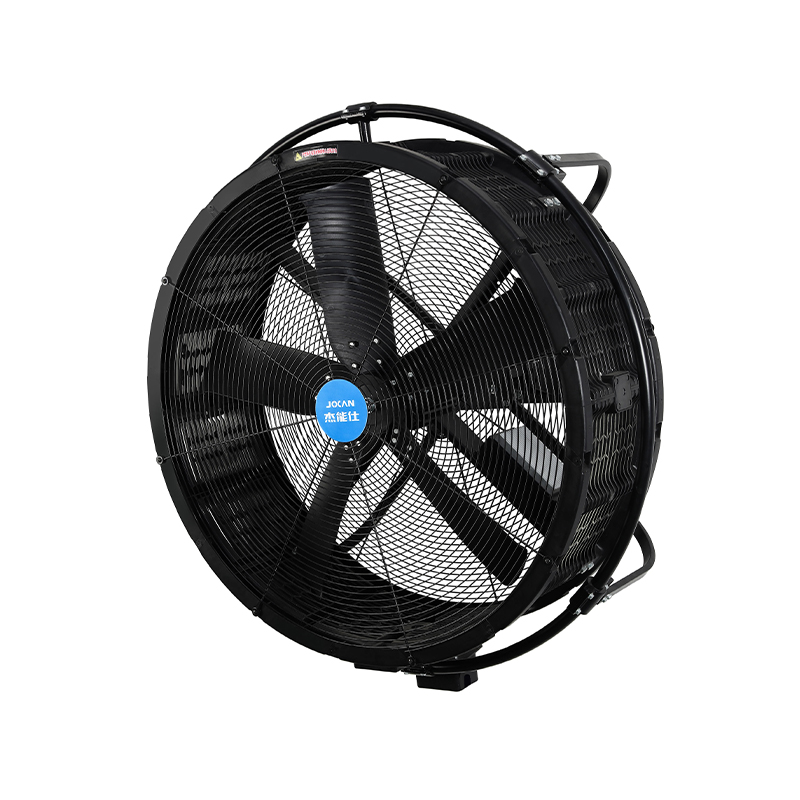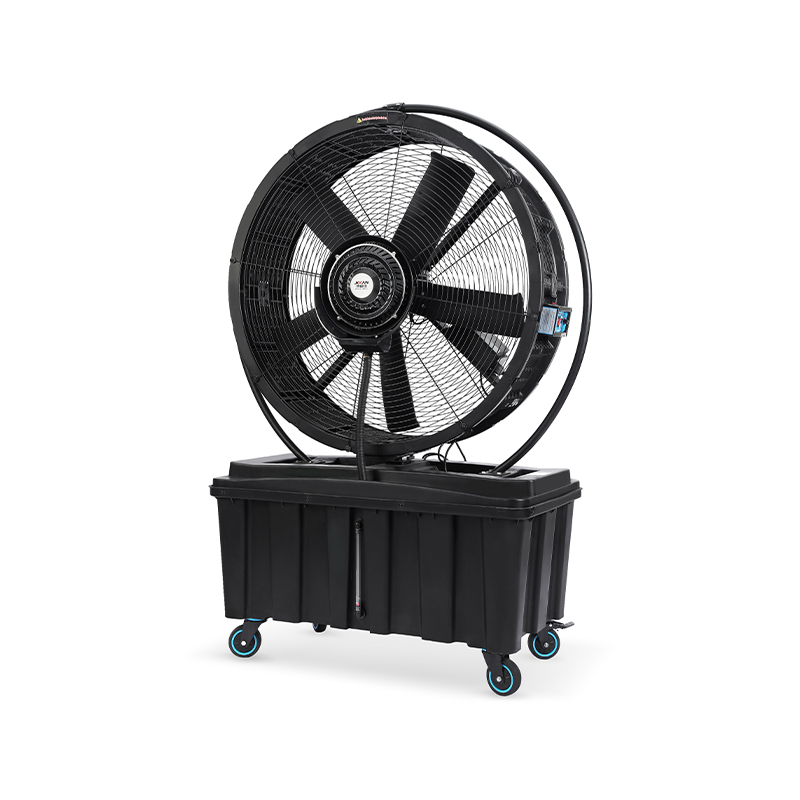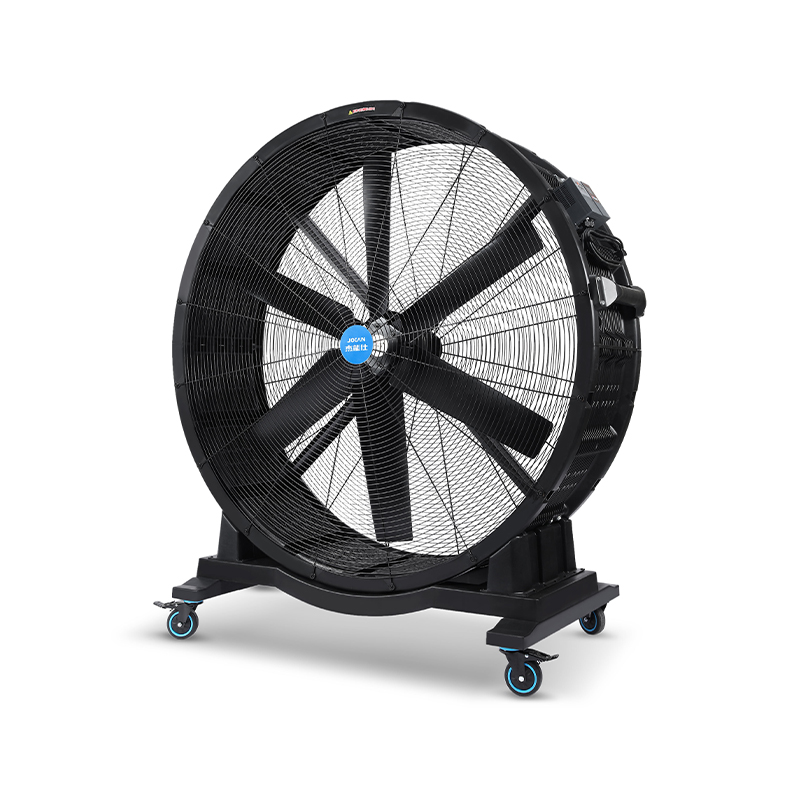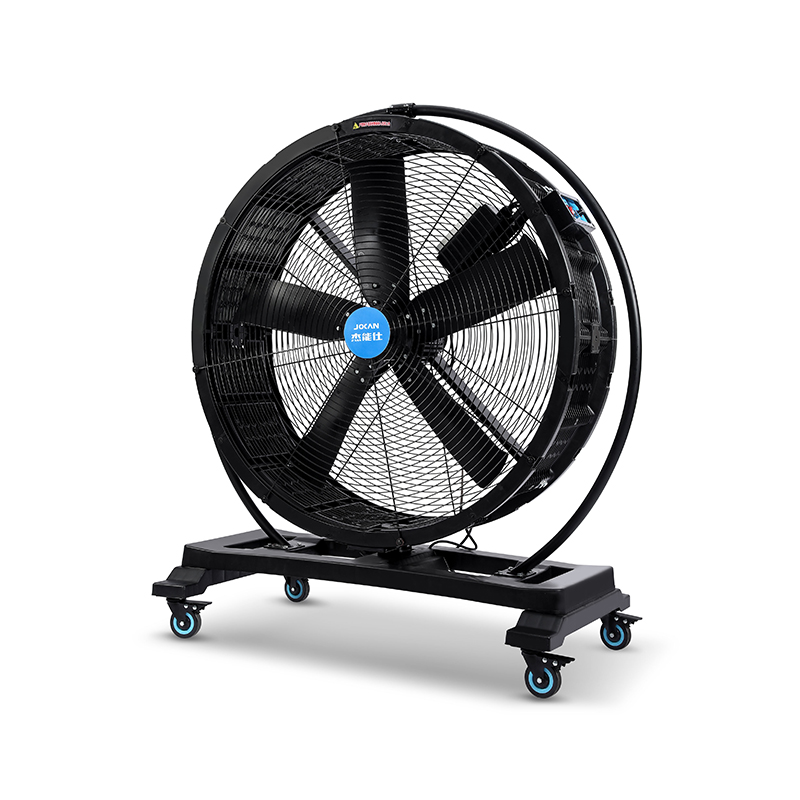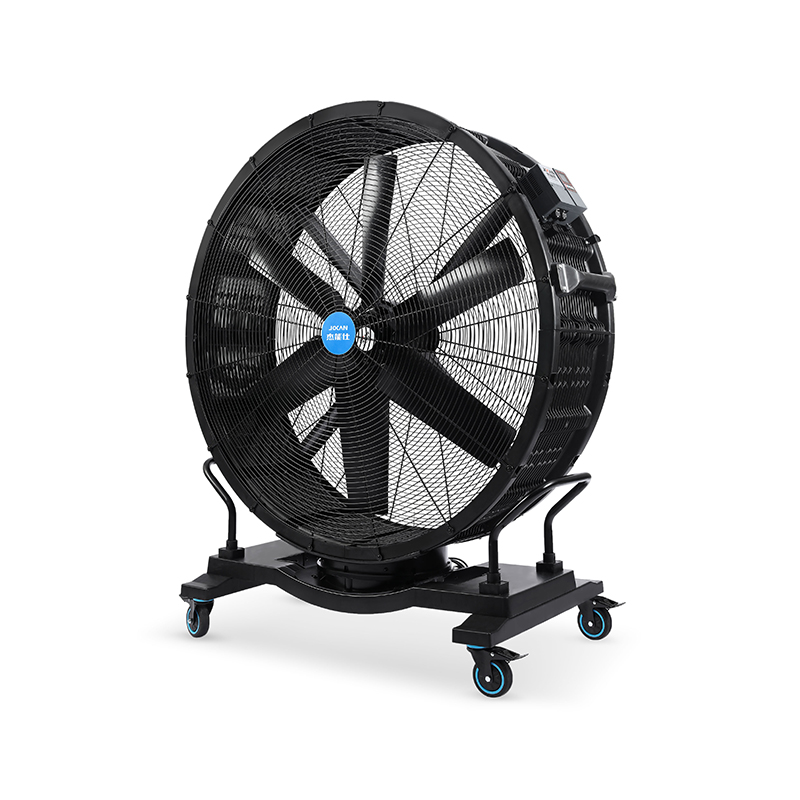Creating a safer working environment is a priority across various industries, and industrial fans play a crucial role in achieving this goal. Among the many types of ventilation equipment, the free standing industrial fan, silent air fan, and wind curtain machine are widely used to improve air quality, regulate temperature, and reduce airborne contaminants. These solutions contribute significantly to healthier workplaces and enhanced safety for employees.
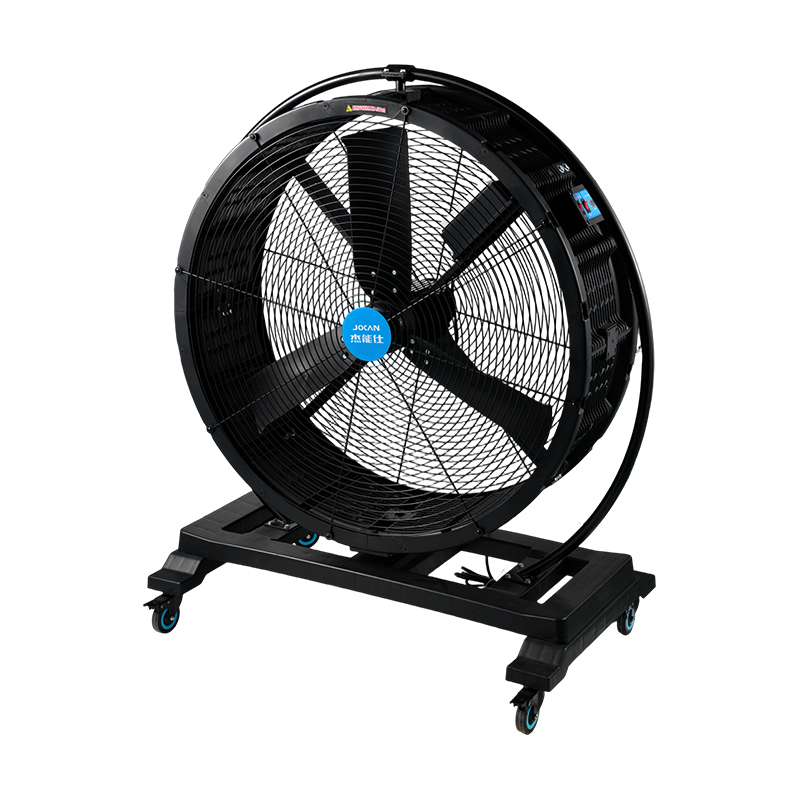
The free standing industrial fan is a versatile and practical choice in many settings. Its portability and robust airflow capacity make it suitable for large open spaces such as factories, warehouses, and workshops. By circulating fresh air effectively, the free standing industrial fan helps dissipate harmful fumes, dust, and excess heat, which are common challenges in industrial environments. Keeping air moving reduces the risk of respiratory issues and heat stress, supporting worker well-being and productivity.
In addition to its efficiency, the free standing industrial fan offers flexibility in placement. Unlike fixed ventilation systems, these fans can be relocated based on immediate needs or specific job requirements. This adaptability is particularly useful in construction sites or temporary setups where maintaining good air quality is vital. The fan's ability to provide consistent airflow makes it an essential tool for mitigating hazards associated with poor ventilation.
Another key player in maintaining a safer workspace is the silent air fan. Noise pollution can negatively impact communication and concentration, increasing the chances of accidents. The silent air fan is designed to make less operational noise while delivering steady airflow, making it ideal for environments where quiet is necessary, such as laboratories, control rooms, or offices within industrial complexes. Its quieter operation helps create a more comfortable atmosphere without sacrificing ventilation effectiveness.
The silent air fan is also energy efficient, providing continuous ventilation without contributing significantly to energy consumption. This balance helps organizations maintain compliance with safety standards while controlling operational costs. Employees benefit from reduced exposure to airborne irritants and improved comfort, factors that contribute to overall workplace safety.
Wind curtain machines offer a different but complementary function in supporting safer working environments. These devices are typically installed at entrances or openings to create an invisible barrier of air. This barrier prevents dust, insects, fumes, and outside pollutants from entering controlled areas while allowing easy access for people and equipment. By using a wind curtain machine, facilities can maintain cleaner indoor air, reduce contamination risks, and enhance temperature control.
In environments such as food processing plants, pharmaceutical manufacturing, or cleanrooms, wind curtain machines help maintain hygiene and safety standards. The consistent air barrier discourages cross-contamination and preserves the integrity of sensitive processes. Moreover, wind curtain machines can assist in energy conservation by reducing the exchange of heated or cooled air with the outside environment, which supports sustainable facility management.
When combined, the free standing industrial fan, silent air fan, and wind curtain machine form a comprehensive ventilation approach that addresses multiple aspects of workplace safety. The free standing industrial fan ensures broad air circulation and contaminant dispersal, the silent air fan balances noise reduction with airflow, and the wind curtain machine controls entry points to protect indoor air quality. Together, they contribute to environments that promote health and safety without compromising operational needs.
Maintaining proper ventilation with these fans also helps reduce the buildup of hazardous gases such as carbon monoxide or volatile organic compounds, which can accumulate in poorly ventilated spaces. Regular use of a free standing industrial fan can accelerate the removal of these pollutants, while a silent air fan can operate continuously to keep air moving without disturbing the workplace environment. A wind curtain machine prevents outside pollutants from entering, enhancing overall air quality control.
It is important to recognize that workplace safety is a multifaceted effort. Ventilation is just one component but an essential one. Properly selecting and positioning industrial fans like the free standing industrial fan and silent air fan can greatly improve air movement and reduce risks. Incorporating a wind curtain machine at facility entry points strengthens the protective measures in place.
In summary, industrial fans such as the free standing industrial fan, silent air fan, and wind curtain machine are valuable tools for supporting safer working environments. Their roles in promoting air circulation, noise control, and contamination prevention help create healthier and more comfortable spaces. Investing in appropriate ventilation equipment and maintaining it properly is a practical step toward protecting employees and sustaining operational efficiency. These fans prove that simple yet effective air movement solutions can make a meaningful difference in workplace safety.
 Add: Plot 23, Huanglang Industrial Zone, Jinqing Town, Luqiao District, Taizhou City, Zhejiang Province
Add: Plot 23, Huanglang Industrial Zone, Jinqing Town, Luqiao District, Taizhou City, Zhejiang Province
 TEL: +86-13586083215
TEL: +86-13586083215

 English
English English
English عربى
عربى 한국어
한국어


